
We first learned about artist and activist Cori Redstone in this interview with Slug Magazine where she spoke about her then-upcoming exhibition ‘The Women’s Association of Lecherous Trechery: The Utah Chapter’ which honored the role of rebellious women throughout history. Cori’s background growing up in a Mormon family in Utah, discovering art and feminism, moving to Los Angeles, and being the quintessential activist rebel herself, immediately made us want to know more about her.
Since we are big fans of artists who use their medium to share powerful and important messages (especially those about feminist topics), we were intrigued at the unique intersection Cori Redstone occupies with her interests and background. We asked her how her conservative religious background influenced her passion for feminism and art, and how even her environmental activism is part of who she is as a feminist.
With all the news on social media right now about the Dakota Access Pipeline protests (which mainstream media refuses to cover) as well as many of the other major environment issues that are affecting ordinary Americans without their knowledge, Cori’s perspective on the Porter Ranch gas leak, and why she is personally invested in sharing important information about it, show just how relevant and powerful art can be in terms of elevating stories and topics that major news outlets don’t necessarily cover.
Most of us are familiar with the phrase “the personal is political”, and for Cori, this is exactly what motivates her to do what she does.

Tell us how you got started as an artist, and what interested you in the medium to begin with?
I first became interested in the visual arts as a means of self expression that wasn’t able to be easily interpreted by my family and community. For me visual art was a means of speaking my truths without getting in trouble for overtly stating what was happening. There was no facilitation of creativity or free thought or even opinion in my home and church. Storytelling and art were supposed to glorify God and his church. Self-expression was viewed as a worldly and sinful indulgence. Adding to the tension between cultural expectations and my drive to create, I grew up in an extremely violent and emotionally abusive home.
Although I have always been a prolific writer most of what I wrote as a child had to remain hidden. My writing always got me into trouble when it was discovered. When I was 12 I returned from a church camp to find nearly all of my childhood toys gone along with my artworks and writing. My mother had been going through my room and found a secret journal detailing the violent abuse in our home as well as drawings she said were evil. The words evil sinful, worldly and anti-Mormon got thrown around a lot in relation to anything that challenged the narrow world view of my community or exposed the truth that my family and Mormonism isn’t without flaws.
You grew up in a conservative home in Utah where artistic expression was not the norm, and certainly not feminist art. How did your background contribute to your artistic journey?
The short version is that I grew up feeling like an alien in my own family and community. I was bookish, outspoken and curious. I was happiest exploring the woods, jumping dirt bikes with the boys, carrying armloads of books home from the library and writing and drawing. This was in a culture that rewards polite, hyper feminine girls who have no greater aspirations than being miss America, snagging the right husband and having enough children to form a traveling band.
Most of western culture, not just conservative religions have an insane expectation for the outward appearance and actions of women to be poised and perfect. Ironically my lifelong ultra feminine appearance seems to be a compromise and I still prefer dresses to pants. I wouldn’t be half as accomplished as I have been without so much adversity in my life.

I was raised a Mormon in something of an extremist family and then went to foster care and girls homes as a teen, I experienced a lot before the age of 18 that most people can’t imagine. As a child I had three great grandmothers, a great Aunt and my Mother’s grandmother who looked after me and most of them were life-long hobbyist oil painters.
Those in my childhood community and family who judged me so harshly for wearing shorts above my knees, speaking my opinion, prioritizing going to college or critiquing the inequality of women in my church would be horrified to see the published photos of me blocking fossil fuel work sites, making banners for LGBTQ rallies after Proposition 8, being arrested with black lives matter or the environmental justice movement.
In many ways my ‘misbehaving’ only confirms their outlandish stories of me as a dangerous sinner and I find the pearl clutching of the conservative community somewhat hilarious to say the least. Here we are as a country the largest contributors to climate change, aka the most significant participants in killing an entire planet. American drones annihilate children and innocent families every day and that same community thinks that women who bear their shoulders, drink alcohol, live as lesbians, have a sex change, women who are ambitious, choose not to have children or have sex outside of marriage are “evil.”

From a young age I was labeled as a dissenter and agitator. At age 4 a neighbor in our apartment building put crayons and paper in my hands. I drew a picture in crayon of my father behind bars weeping while I was at the neighbor’s apartment. I still have the drawing. The neighbor for whom I drew the picture was so disturbed by it he confronted my mother and from then on acted as a de facto father figure for me until we moved.
He was a photographer, filmmaker and the artist who first talked to me about self-expression. He gave me the largest pieces of paper he could find for a poor college student and praised me endlessly for working on my drawing skills. Praise was not in my parent’s vocabulary and I radiated when he responded to my compositions. I owe him a debt of gratitude for encouraging my creativity.
It is important during this point that I say #NotAllMormons. There are many Mormons insiders refer to as “cafeteria Mormons” that don’t take every scripture literally and don’t have as many extremist views. For the last several years a number of Mormon women inside the church have been organizing to give women the priesthood. The work of Ordain Women is inspiring and I hope their work will lead to women having equal access to all leadership positions within the church. Had I remained in the church I have no doubt I would have joined them in their efforts.
What was it about the history of feminist at CalArts that inspired the direction of your work today?
Before I decided to attend school at CalArts I spent some time working in LA for artist Andrea Bowers (pictured, with Cori, below). Andrea introduced me to artist and former CalArts professor Nancy Buchanan. She took me to a small screening of Woman House and I was hooked. Woman house was a documentary about the culmination of a year of study in the feminist works program at the school. The young women transformed an entire mansion that was scheduled for demolition into a reflection of the interior condition of female identity in a society that didn’t treat marginalized women.
I connected to the feminist program at CalArts because they were willing to question everything. The feminism of the sixties and seventies was overwhelmingly white and middle class. The feminist works program existed for two years was in the early seventies. CalArts has a history of producing radical artists who have had profound effects on contemporary art, film and animation.

Although vital to today’s women, the feminism of our mothers and grandmothers narrowly defined what feminism was and excluded the voices of people living outside of white, middle class, Western culture. Because I grew up in a homogenized church and society that discouraged people from free expression, especially women, I sought to find a graduate program as politically different from my socially conservative roots that I could find. I sought an education on traditional feminism and I sought the community that was or could build a new diversified feminism and built new feminist leaders. I wanted to find a radically inclusive community of women that built leaders from all walks of life.
To my chagrin, while attending grad school at CalArts, I came across a host of problems with the school that were in direct conflict with their reputation as a place of female empowerment and experimental art. Student poverty, Title IX violations, nepotism and a lack of needs based scholarship to pay the $40k plus annual tuition were deeply disappointing. While I was there I worked to organize a school wide walkout and sit in the President’s Office over Title IX violations. Following national attention, the administration picked several students to oversee four annual $500 grants to students and stipends for feminist lecturers. There is still no feminist works program at CalArts.
Tell us about the inspiration behind your most recent solo show ‘The Women’s Association of Lecherous Treachery, the Utah Chapter’?
As a woman, acts of rebellion are essential for self empowerment and growth. Because girls or young women asserting their rights as people with opinions in patriarchal societies they are branded treacherous. The Women’s Association of Lecherous Treachery is a celebration of women who defy predetermined gender based expectations of society. I wanted to bring some of the CalArts feminist spirit to Utah and my artworks about the treachery of women is part of an ongoing series.
The works are an acknowledgement of the power women hold when they defy the pressure to conform and live with ferocious authenticity. This show is part of an ongoing series that specifically addresses the women who have left an indelible impression on the state of Utah and thus been branded treacherous. The WALT title comes from a 70’s era feminist journal I found while researching my Master’s Thesis at Cal Arts. W.A.L.T is of course an allusion to CalArts founder Walt Disney.

The serpent has long been a symbol of the treachery of women, of knowledge and of cunning. Mythical stories depicted women as monstrous. They were the siren and the sphinx. In Greek mythology women had three central identities in Hecate, the virgin, the mother and the old hag or crone. Their identities were contingent on the state of their bodies, not who they were, what they did or the contributions they made. Because the position of women, especially minority women continues to be marginalized in overt and covert ways all out revolt becomes essential to fight mechanized systems that favor profit over people, concentration of wealth and power and stagnation over progress.
Aside from your art, what makes you so passionate about the role of education?
My education in Utah was very one-sided and I had no help with school at home my opportunities for access to intellectual thought were extremely limited. Even the word intellectual was spoken with disdain. There was no formal teaching of the civil rights movements or feminist movements until my fifth grade teacher started teaching about civil rights. Muhammad Ali paid a visit to our school and introduced us to the civil rights struggle. I fell in love with his passion and determination and I think I can trace the channeling of my oppositional energies to this chance meeting.
Although I came through school when access to the internet was relatively new, the web was and is seen as evil in more conservative circles and minors have little freedom to study topics the modern takes for granted. In order to prevent rebellion, oppressive societies obscure history and maintain control by rewarding people for conforming and repetition rather than facilitating self-exploration and intellectual pursuits. I was a teenager before I ever heard the ‘f’ word, feminism. Even though I was told contrived descriptions of feminists I knew early on that I identified as one.
As I utilize feminist theory for my writing, organizing and artworks I believe that post-internet feminism should be nurtured in many forms. It must be more open, more inviting less as feminists we fall into the same trap of oppressive societies. Activists need to let go of the white savior mentality. Those who are marginalized should be the leaders. We have to make room for debate and be radically inclusive, including embracing men as supporters and especially welcoming to trans women. Truly radical feminists open the movement to many diverse voices. Radical feminism has gone wrong when some groups chose to systematically exclude trans women.

Tell us about your passion related to environmental issues, especially Porter Ranch?
I am paying close attention to Porter Ranch not only to prevent it from being reopened and further damaging the health of Los Angeles County residents, but because is a bellwether for the environmental destruction to come in Southern California. The rotting infrastructure of oil and natural gas sites, even located in our Los Angeles neighborhoods pose serious threats for fire, explosion health problems, even death chronic toxic exposures. Several weeks ago I risked arrest along with two dozen other activists at the site.
The American public are naive when it comes to assuming the laws of the state protect human health. Although many laws on the books regulate industrial pollution somewhat, many industries are exempt from EPA laws and it is more cost effective to pay fines if they are caught polluting rather than lose the profits they gain by poisoning residents while they make their products. We are about to get a number of laws through new trade treaties that further insulate corporations from prosecution when they maim and kill people during manufacturing, shipment and storage processes.
Semipro Energy and Southern California Gas Company own the Aliso Canyon Storage Facility. It has been continuously shut down since December due to the huge number of drill sites that don’t pass leak tests. Sadly we are a society that mostly responds to crisis, entertainment and sensationalism and our memories are short. Tens of thousands of people, including hundreds of thousands that lived far away from Porter Ranch at the time of the blowout, will physically suffer and die prematurely as a result of the leak.

For background: The thin concrete casings of fracking wells have to last forever, yes actually FOREVER to prevent serious threats to human and animal health. Studies have found that close to 60% fail almost immediately after completion. There are countless fracked wells, oil pipelines and aging abandoned wells that are not monitored because there aren’t the funds or the will to do it. Chances are, if you live in LA County, you are within a fraction of a mile of a pipeline or well, and nobody is adequately monitoring them for leaks and failure.
For me, art, advocacy, women’s rights and public policy are intimately connected. We ignore systemic problems and injustice in favor of a pathological optimism about the nature of success and our potential future ability to be wealthy, famous or rewarded. Much of my art is a reflection of the pathological optimism that dominate society.
What makes you a powerful woman?
I am powerful so long as I have hope, and the power of the arts gives me hope. Art can capture violence, brutality and the sublime and become the language of our political realities when there is no language yet invented to express our social condition. Art can manifest as sacred rage. Art can construct the utopic visions of a world in need of direction. Art can take on any form. Art can be conversation, art can be protest, art can be a multiplicity of actions or a simple gesture. Art can be an expression of joy and resolve.
There are artists, even some widely successful popular artists, who are making artworks that contribute to shaping the conversations that change our world for the better. Art reaches its full potential when its aesthetics are contingent upon multiplicities of our diverse political realities. Art can nourish the revolt that is needed to save our planet.
Artist Tania Bruguera said, “The impossible is only impossible until some makes it possible.”
=================================================================
Pulitzer-Prize-winning Professor Laurel Thatcher Ulrich coined the phrase “well-behaved women seldom make history” in an academic paper she wrote for American Quarterly in 1976. The quote has been attributed to a number of other women, including Marilyn Monroe and Eleanor Roosevelt. From where we stand, Cori Redstone is the type of women this phrase was written about. To see more of Cori’s work, visit her website here.












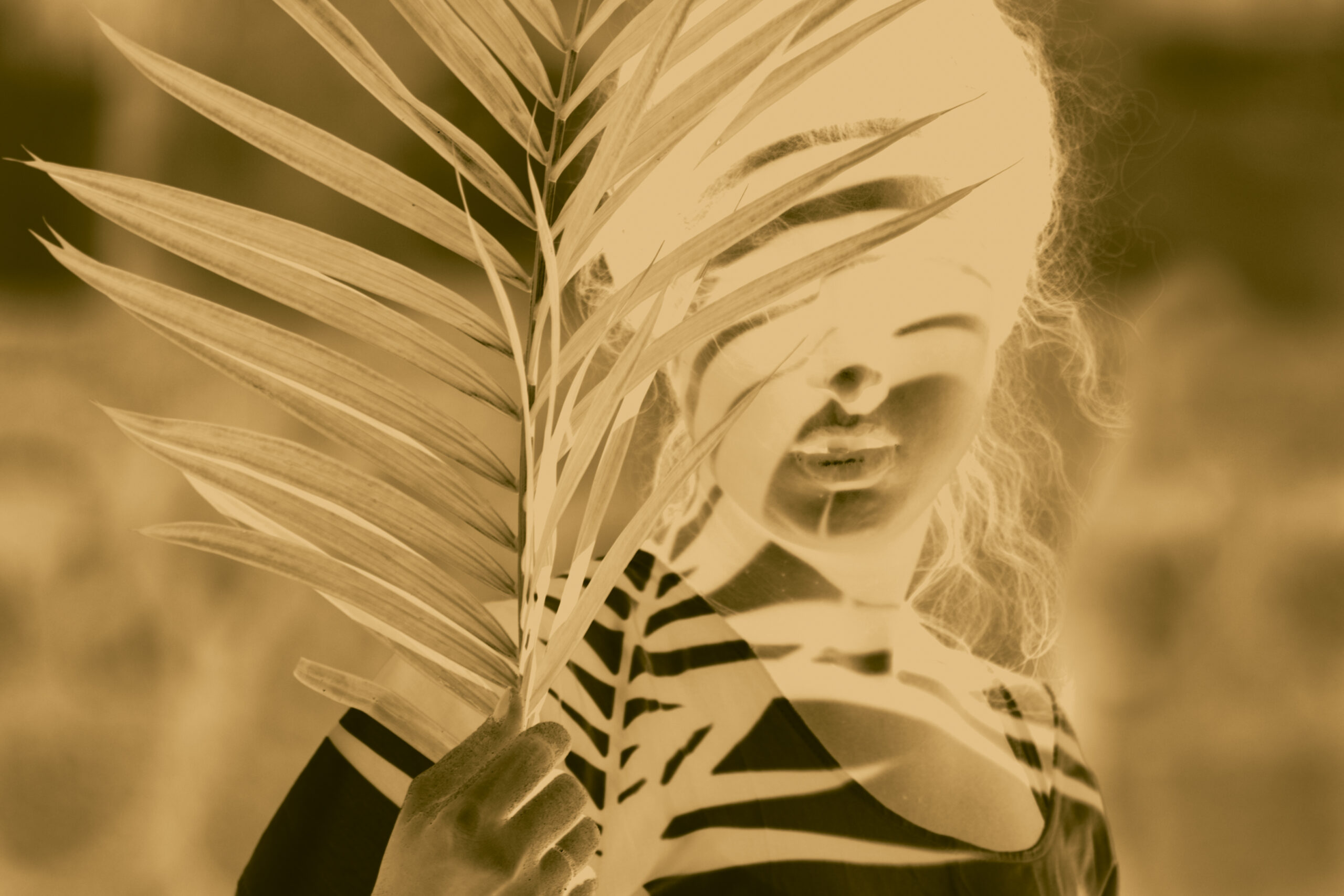
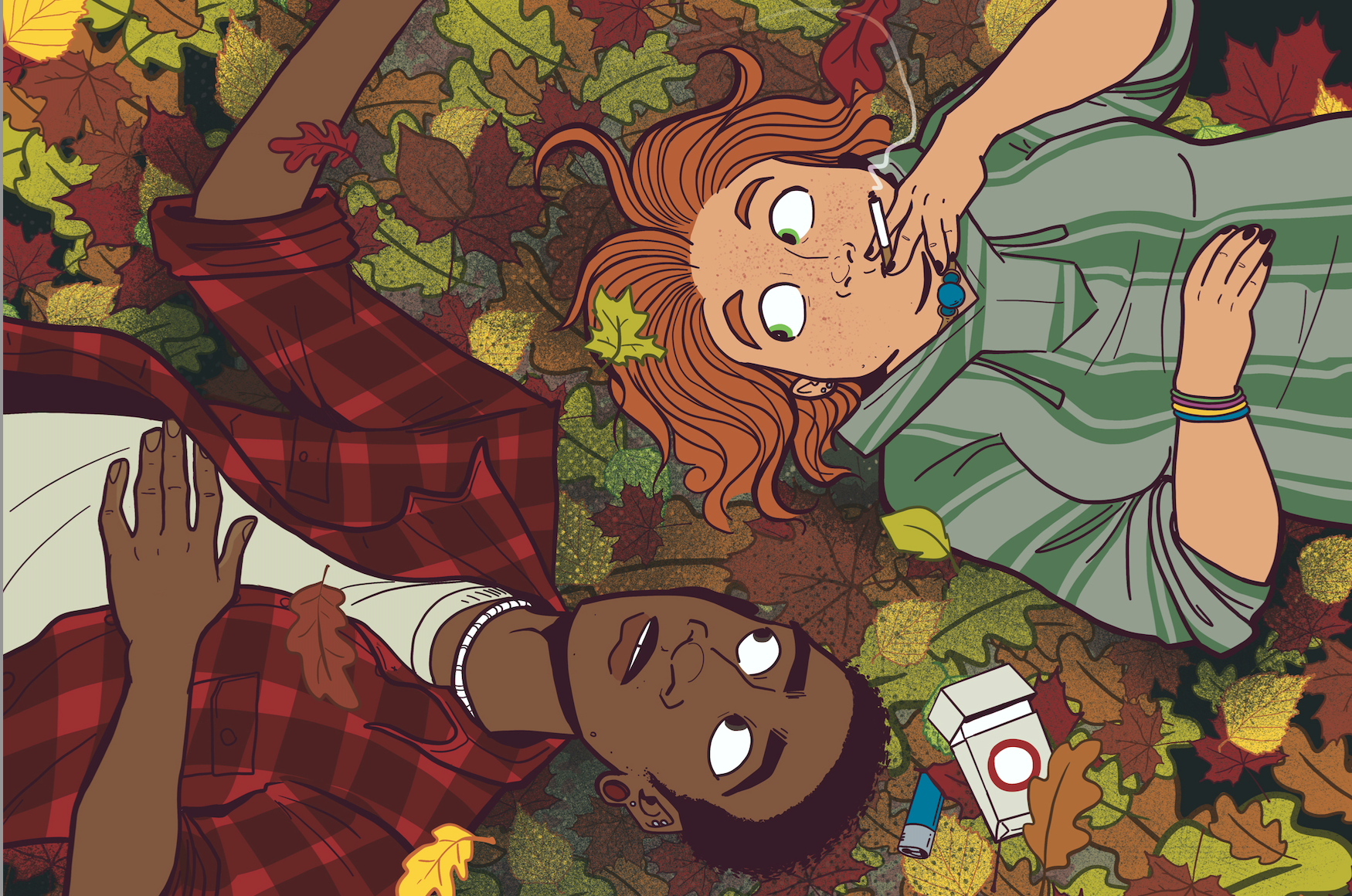
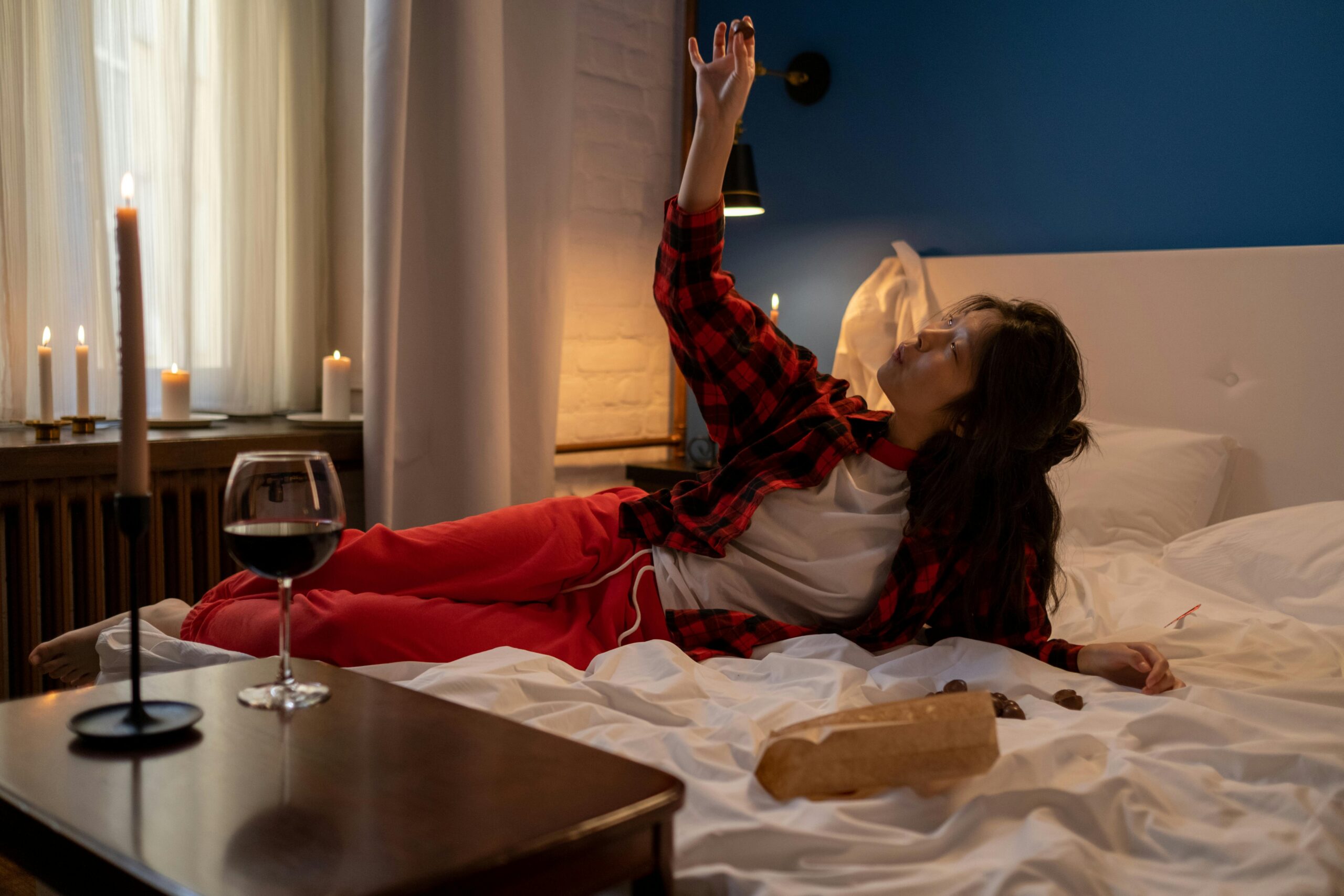

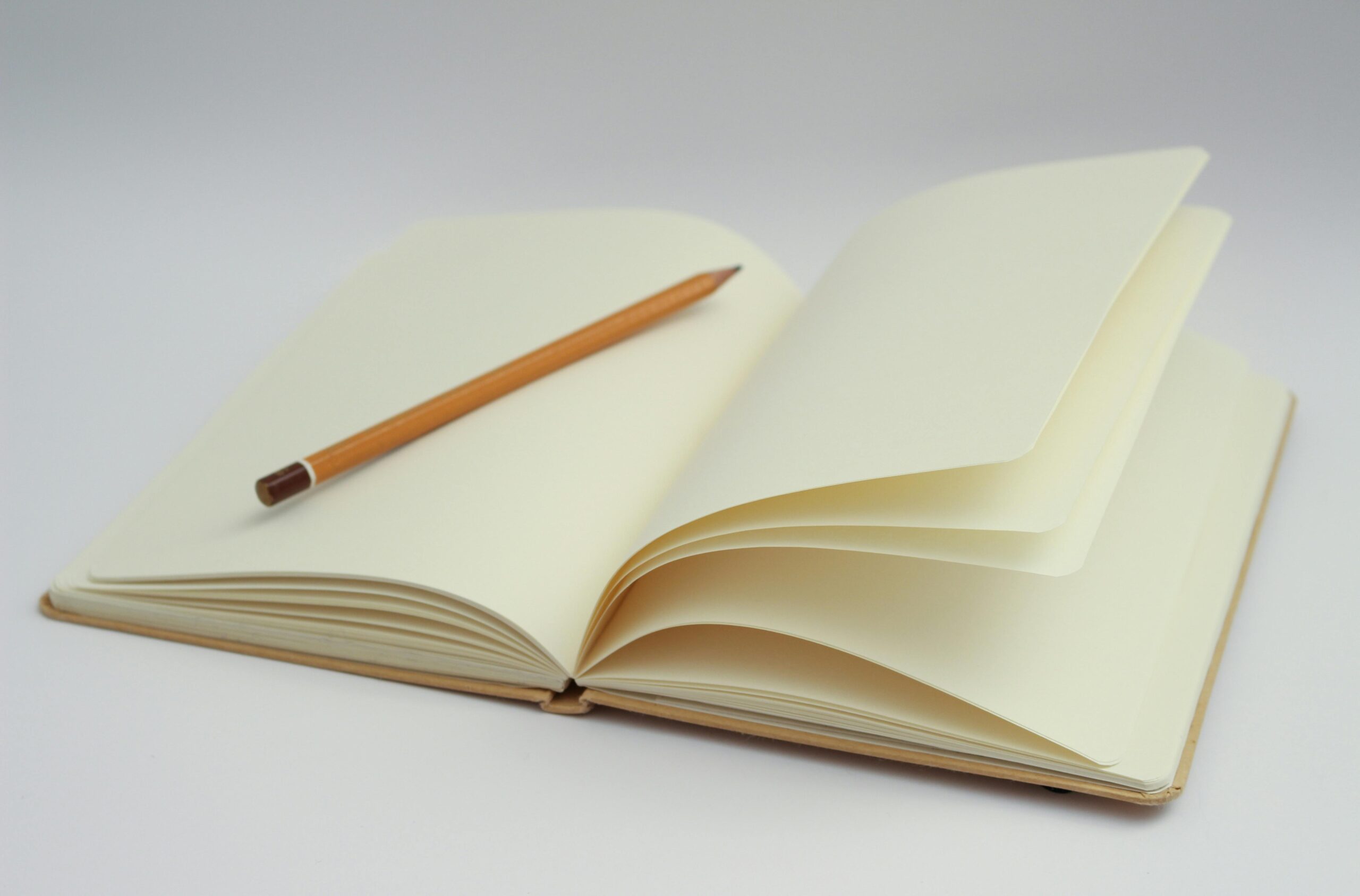
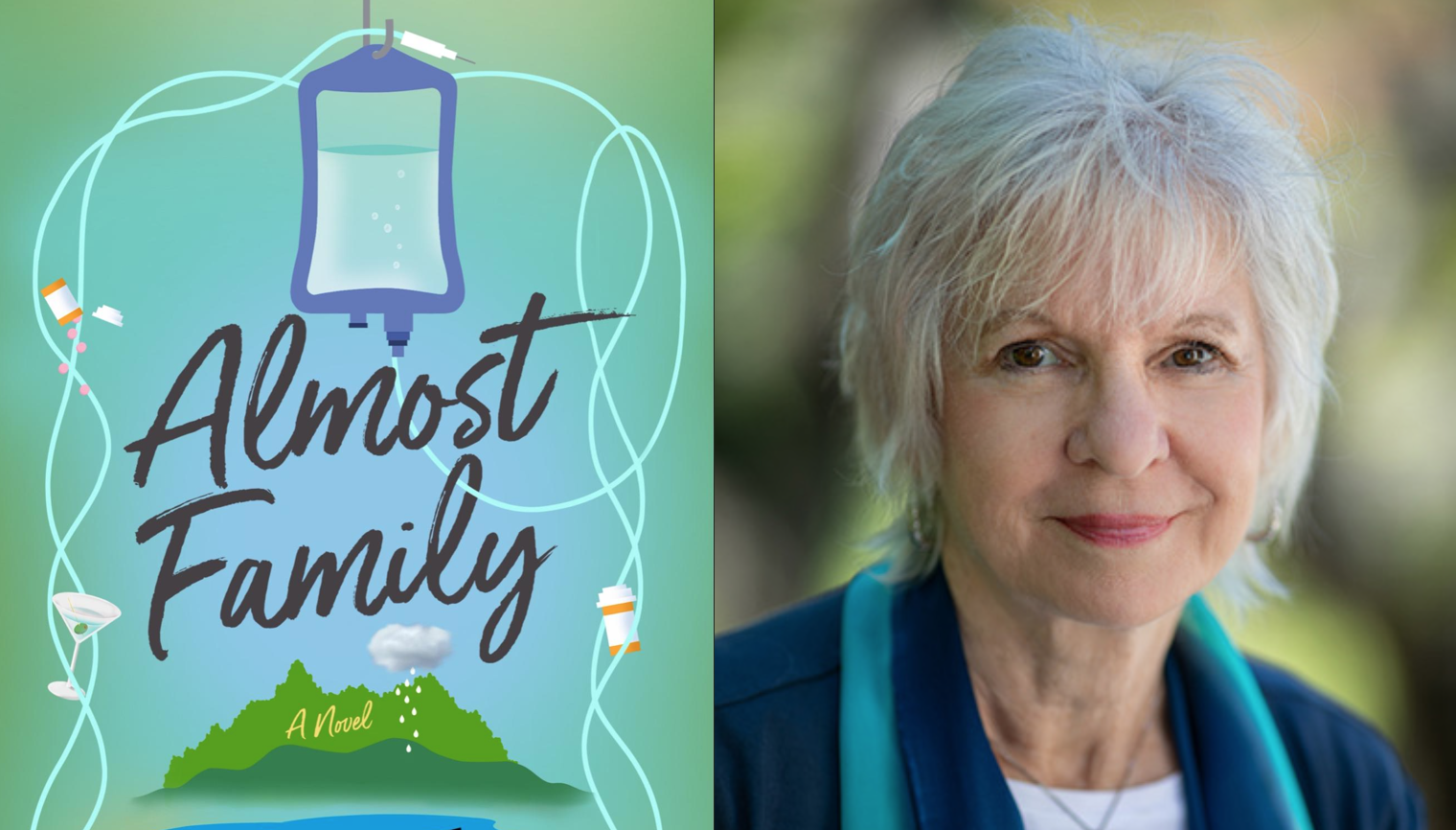
3 thoughts on “Artist & Activist Cori Redstone Talks To Us About Feminism, Mormonism, Education & The Environment”